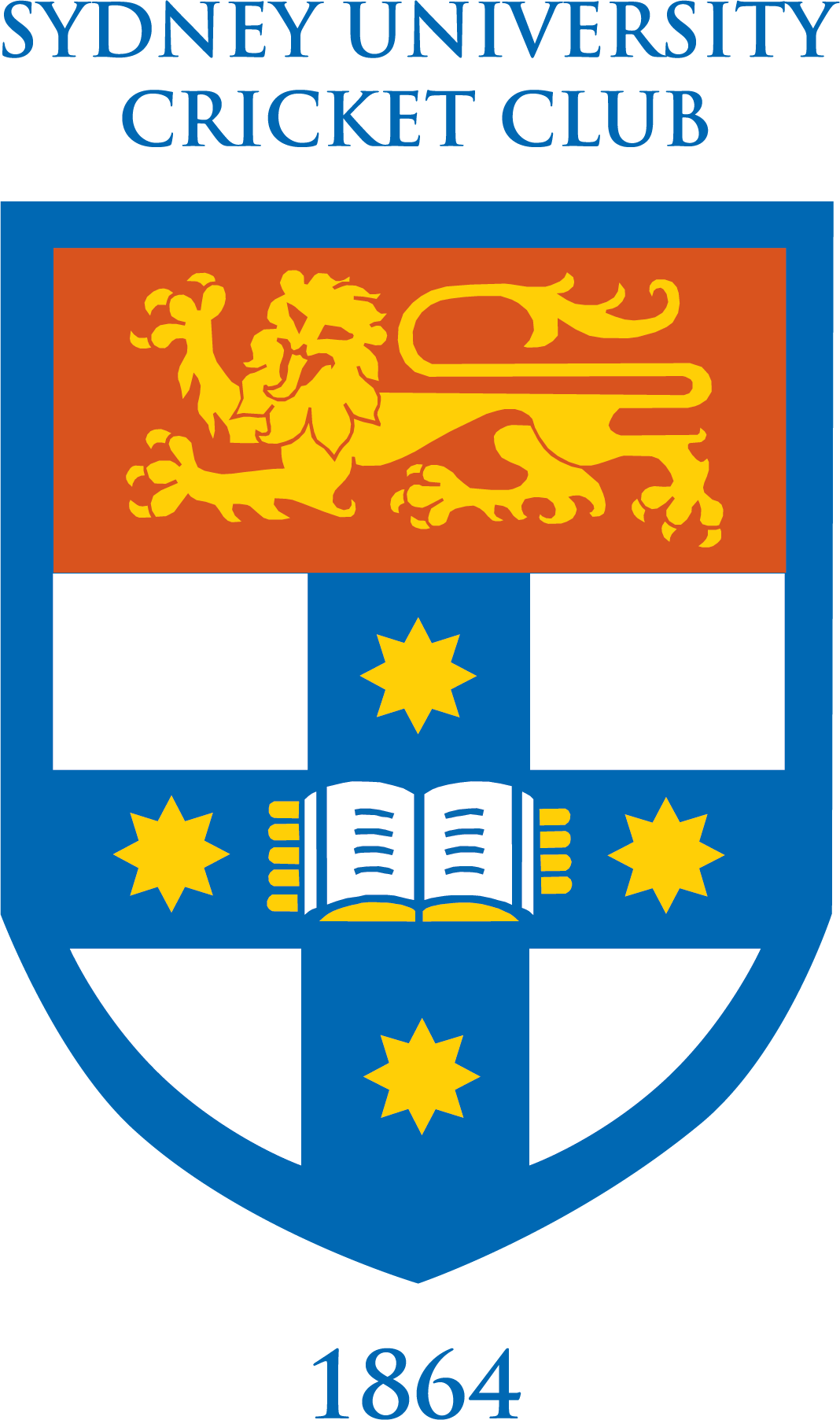IT HAPPENED IN 1893-94... 130 YEARS AGO.
1. Introduction. 'Electoral' cricket begins. October 1893.
On 22 May 1893, the NSW Cricket Association unanimously passed a motion that "...local clubs should be established in and around Sydney to enable local cricket to be played" in the 1893-94 season, now 130 years ago.
The eight clubs which eventually played for the 'Hordern Shield' were: Easts (who were the first Premiers), Redfern, Glebe, Cumberland, Paddington, Canterbury, Manly and Sydney University.
'Electoral Cricket' was so named because club boundaries were based on the boundaries of the NSW Legislative Assembly's electorates. University's players, however, were initially permitted to represent Sydney University even though there was no electorate then known as 'Sydney University' and some players' connections to the University were, at best, tenuous.
The first matches of 'Electoral Cricket' (since called 'Grade Cricket' and now known as 'Premier Cricket') began on Saturday 7 October. University played against Glebe at Wentworth Park in a three-day game, spread over three Saturdays.
2. March 1894...Round 6.
The subject of this story is University's three-day match against Paddington at the 'Association Ground', now known as the 'Sydney Cricket Ground.' The match began on Saturday 3 March 1894, 130 years ago this month.
University had won three consecutive matches before this Round. Two players who had played in the previous match against Canterbury, however, were unavailable. Sam Jones, the former Test player, and AH Garnsey, later Warden of St Paul's College, were both unable to play. Jones had made his one appearance for University during the season in the match against Canterbury. His replacement was another former Test player, Reginald Allen, now aged 35 who had played his only Test Match for Australia in 1886-87 and who was now recalled to the University team for his only 1st XI match of the season.
University's captain was another 35 year old former Test player, Tom Garrett, who had been playing for University since the 1870s. When Garnsey informed Garrett that he could not commit himself to this three-day match, Garrett had an idea.
3. Garrett's bright idea.
In earlier days, Garrett had played for University in 1877-78 with a player named John Walter Fletcher. Fletcher's story was the focus of a previous essay on one of a small number who have played just one 1st Grade match for University.
In 1877-78, Fletcher had made steady runs with an admirably straight bat (128 runs @ 21.3) on unpredictable pitches. He had also kept wicket and occasionally bowled his "underarm slows." After this one season, Fletcher transferred to the Albert Club whose ground was situated in Redfern. In November 1881, he scored 39 against University and when Jones and Allen put on 231 for the 1st wicket, Fletcher was summoned to the crease, almost as an afterthought, to bowl his erratic underarmers. In an eventful eight overs, he took an extraordinary 6 for 36, including three Test players, Jones, Allen and Garrett.
4. Fletcher's peripatetic life.
JW Fletcher was born in 1847 to Harriet Amy Fletcher (1823-1904) and Sir John Rolt (1804-1871), one time Attorney General of the United Kingdom. His parents were not married to each other but his father ensured that young John was well provided for as he was educated at Redhill School, Surrey, and then Cheltenham Grammar School before going up to Pembroke College, Oxford University, from where he graduated BA in 1869 and MA in 1871. He then emigrateded to Australia and taught in schools in Mittagong and Katoomba. The depression of the 1890s forced him to close Katoomba College and to re-invent himself as a barrister living in Sydney when he was unexpectedly available to answer the surprising call of his old team mate, Tom Garrett and to play for the first time in sixteen years for University, this time in 'Electoral Cricket.' He was 46 years old, is still the oldest to make his debut for the club in Electoral, Grade or Premier Cricket. In 2002-03, Greg Matthews made his debut for the Club, aged 43.
5. Saturday 3 March 1894.
Fletcher was detained and could not get to the Association Ground until after the scheduled start of play. Wet weather, however, delayed the bowling of the first ball until 4pm and Paddington batted first on a treacherous pitch "to the delight of the University men." 24 year old Harrie Wood took five cheap wickets. 35 year old Tom Garrett took three wickets. 46 year old John Fletcher took two sharp catches. Paddington was all out for 62 and University went to stumps at no wicket for 2 runs with wicket keeper EA McTaggart and Medical student Graham Rutter in occupation. Rutter was to die in July 1897, only two years after graduation.
6. Saturday 10 March 1894.
Play was once again delayed by rain on the next Saturday. University's reply on a wet pitch was dismal. All out 54. Fletcher, SUCC 1st Grade cap no25, batting at number 8, made just 3 runs.
7. Saturday 17 March 1894.
In conditions that favoured the batsmen, Paddington batted through the day and ended with 9 for 314. Garrett ploughed through 39 overs and took 5 for 84. As Paddington batted on, Garrett threw the ball to Fletcher. His 5 overs cost 30 runs without success. He may have bowled underarm. He had played his first and last match of Electoral Cricket.
8. Three Questions.
Three questions remain for historians.
(i) What is JW Fletcher's intimate connection with The Ashes?
(ii) Why is JW Fletcher known as "the father of football in Australia"?
(iii) Is he the last to bowl underarm for Sydney University in a 1st XI match?
9. Conclusion.
130 years ago, in March 1894, a 46 year old made his debut in Electoral Cricket for Sydney University, bowling underarm.
James Rodgers

